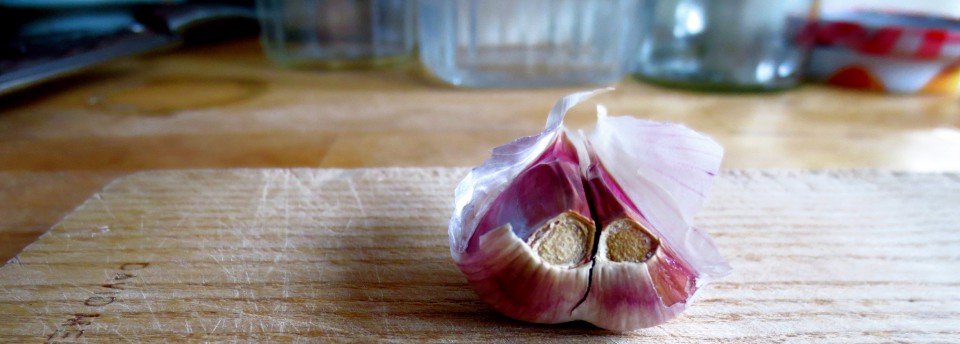
I’m rather old guard in my tastes when it comes to marmalade. I find the alchemy of rind, sugar and, say, lemon juice bubbling itself to a thick amber syrup, and the smell of bitter citrus caramel more than enough to satisfy my needs. It took me about five years just to get over the fact that I’d made a jar of marmalade that was edible. But there is always more to discover – more complexity, more ways, whole fruit, less sugar, honey. I recently had a cooling spoonful of Blenheim apricot jam, and hidden in the lushness were apricot kernels that, when bitten, released their almond essence like a mini gun-shot.
But it’s taken me a while to get to herbs. This idea was introduced to me via the genius of Jessica Koslow. Her company Sqirl (based here in LA) is doing profound and wonderful things with marmalades and jams. I can only ape her originality and skill. Chamomile (meaning ‘ground apple’) adds a fruity, soft, almost soothing backnote here and in no way detracts from the citrus strength of the preserve. Harvest whole flower heads and keep them intact; crushing them releases the oils and there goes the flavour. If in doubt leave them out, or try something else in their place. Lemon balm would be interesting, either fresh or dried.
The Bergamot and Orange Marmalade recipe acts as my control – if I went into that much detail each time, we would probably both be reaching for the Mogadon, so I will simply give you the ingredient list here. You may also want to make the marmalade in one day rather than two, in which case omit the overnight soaking. Fills about 6 8oz/half pint jam jars.
Lemon Marmalade with Chamomile
12 lemons
1.35 kg (3lbs) organic cane sugar
20g (1 1/2 tbs) dried Chamomile (added to the muslin along with the pips and pith)
3 pints (6 cups) water (with 1 pint/2 cups added later if necessary)
A bit of history
Lemon marmalade appeared soon after the 13th century with the arrival into England of oranges and lemons. The oranges were bitter Sevilles from Spain and Portugal, or belonging to the Venetian spice ships. Jars of Citrenade were also imported; this was a kind of lemon marmalade, but solid and eaten in pieces, rather like the Portuguese ‘marmelo’ that began life in the Middle Ages. Marmelo was a stiff paste of quinces – citrus came later – made with honey and spices, cut into blocks and served as sweetmeats or fruit Pastilles (nothing like Rowntrees).


This sounds divine. 🙂